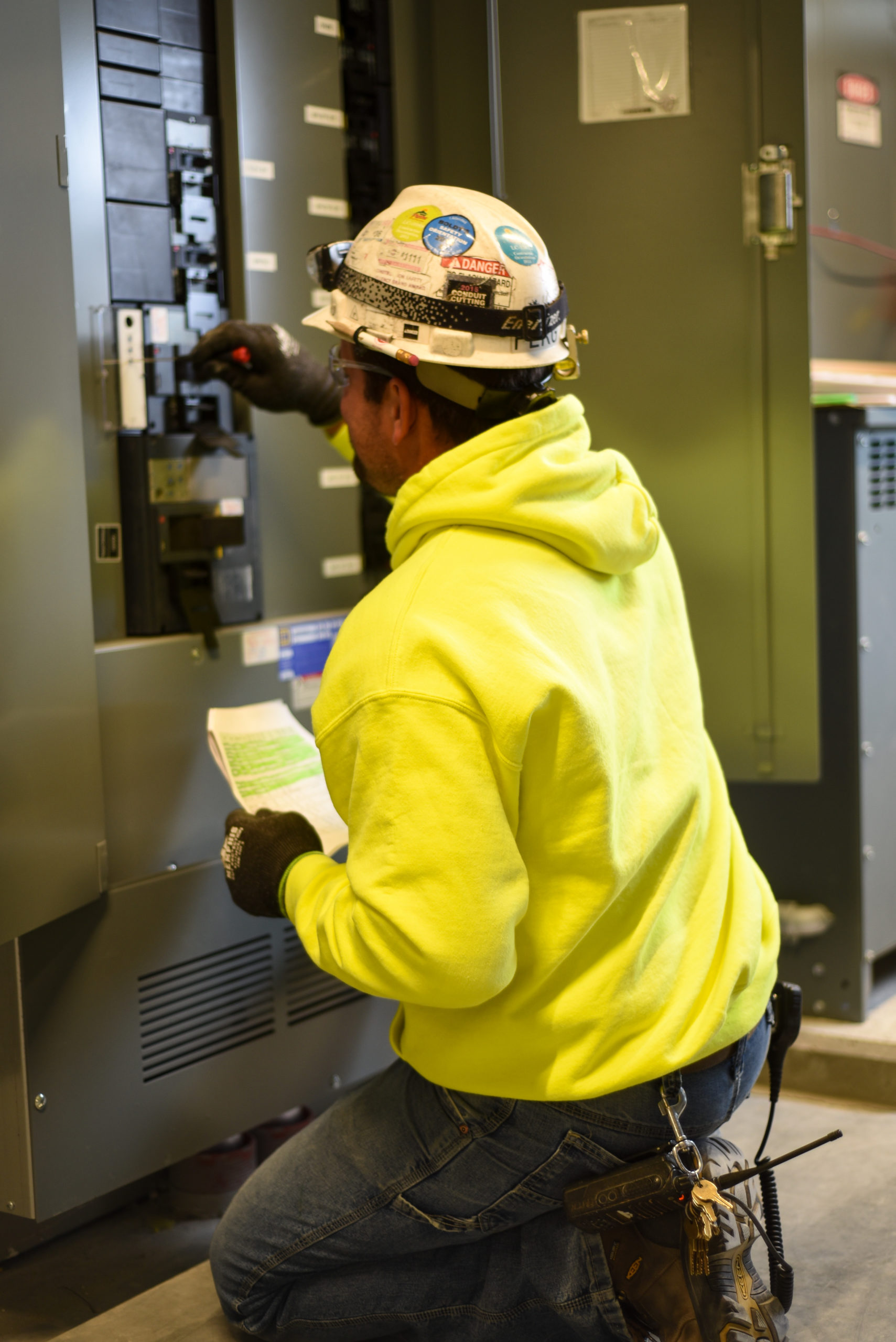07.08.2020
Embracing Quality Control in Construction
 As contractors, we pride ourselves on a job well done. Seeing a finished product and watching a client take over a newly constructed or renovated building is a sign of success. Often we measure success by reaching milestones and keeping a project under budget.
As contractors, we pride ourselves on a job well done. Seeing a finished product and watching a client take over a newly constructed or renovated building is a sign of success. Often we measure success by reaching milestones and keeping a project under budget.
At times, however, we are missing an integral part to the construction process, and that is how we measure the quality of the install. Clients are expecting to receive a quality project once complete; nobody wants to move into a building that will have warranty problems, or worse yet, systems that do not operate correctly. How do we as contractors provide the highest quality work to our clients?
At Faith Technologies, our Quality Control program starts during the pre-construction phase of a project, where we detail a plan which embraces a quality culture. There are a number of programs available that will assist in tracking quality issues throughout a project, such as BIM 360. This software allows users to track issues by contractor or sub-contractor.
During the pre-construction phase of a project, there are plenty of quality control issues to keep in mind, beginning with document and submittal reviews. Ensuring that all major equipment is being ordered per plans and specifications for each component of a project is important, and factory witness testing for all major equipment is a must. This will ensure that the equipment is working as designed and gives the contractors a chance to compare the equipment to the submittals. Receipt of equipment that does not match the request can slow down the project and must be caught and corrected early to prevent delays.
During the construction phase of a project, installation verification checklists help to ensure that equipment and systems are being installed properly. This gives us a chance to check the quality of our install. After completion, it is best practice to engage a third party to check the work of all contractors on a project. At this point, any issues that are noticed are tracked in the software program and will stay active until the appropriate contractor addresses the issue.
Some may see a robust quality control process as additional work or a risk for slowing down a construction project, but ultimately, a thorough quality process should speed up the delivery of the project. Catching quality issues before or at the time of installation saves precious time later in the project when the team is working hard to hit the major milestones. Rework is extremely costly for a contractor and creates likely delays to the schedule of a project.
In the end, the client is expecting to move into a quality building with all systems working properly. With a thorough Quality Control process, our clients can rest assured that their building will not give them problems in the future.
If you enjoyed this blog article, please subscribe to stay up to date on the latest industry news from our experts at Faith Technologies.



